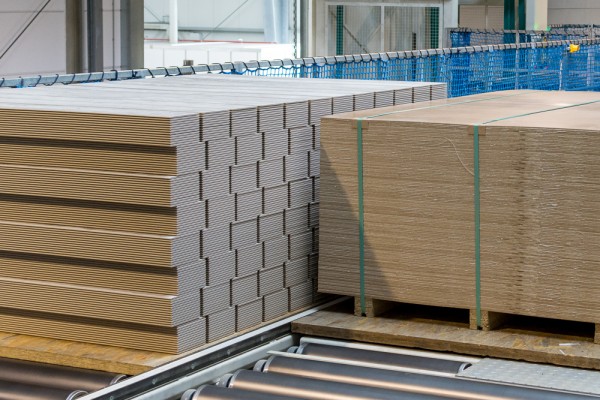
Intelligent transport controls
Our many years of experience in transporting materials through production processes have created numerous applications in this field of industrial automation. Conveying items via roller, chain, belt or corner transfer conveyors, lifts, switches or using transport cars are standard tasks for us. We always use suitable transport methods in each case (individual part conveyance, group formation, pulk formation). We program stacker cranes for high-bay storages-warehouses, electric monorail vehicles, manipulators or cranes for transport operations between the material source and sink or units that are integrated in the production process. The actual movement of the material was the major focus years ago – but current applications are characterised by the fact that the material looks for its path through the factory according to programmable or automatically determined situational rules.
We rely on:
- data tracking and ID systems (barcodes, QR and data matrix codes, RFID)
- smart factory – the buzzword that involves extensive networking of controls with each other and with central data pools
- using technological opportunities for Industry 4.0 – for planning our customers’ production capacity flexibly and reducing costs at the same time
- a clear separation of the individual automation layers and extensively shifting data technology tasks to the PLCs
- robust solutions that guarantee a high degree of availability in your system
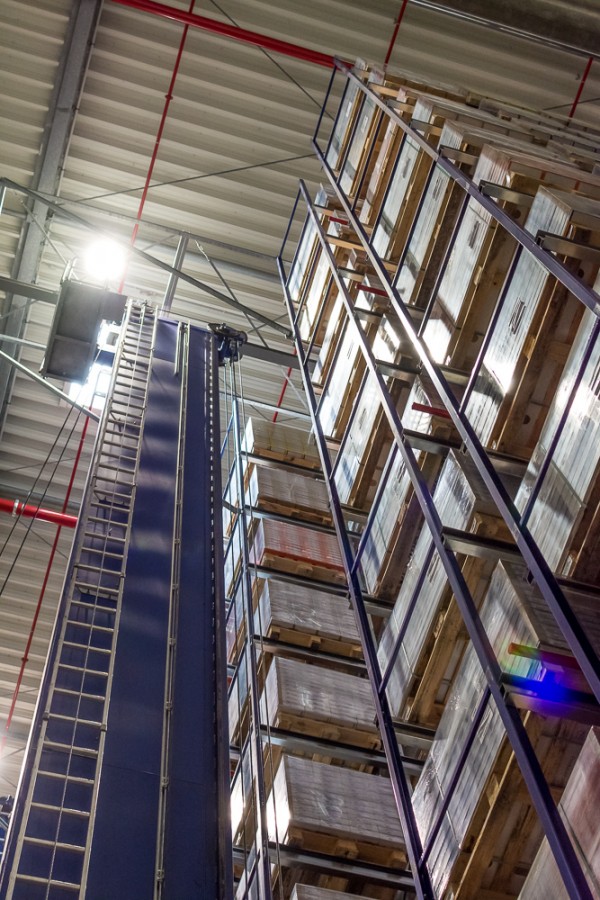
Warehouse management systems and material flow control systems
Our intelligent warehouse administration and material flow control systems are successfully used in production and internal logistics. They form the backbone for operational production. Efficiently conveying and storing the right quantities of materials at the right place at the right time has a crucial impact on productivity. We prefer a combination of self-sufficient PLC logics and PC or database logics. This isolates the various levels and helps maintain production if parts of the system malfunction. User-friendly HMI and clearly organised and ingenious front ends make the complex individual procedures, which are required for this, transparent and controllable.
Benefit from:
- networked PLC controls with local intelligence
- the efficient use of bus systems and communications technologies (Profibus, Profinet, AS-interfaces, industrial ethernet, LAN and iWLAN)
- integration in the MES level and customised interface connections with ERP systems
- interfaces adapted to machines and units from specific manufacturers
- transported item identification and data tracking
- HMI and management systems, Windows and web-based front ends
- database-supported warehouse administration, production control centres and systems for quality management and operating data acquisition, incoming goods, picking and dispatch activities
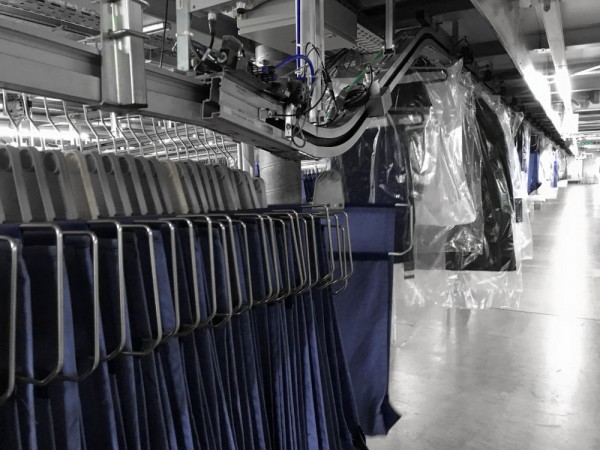
Sorting units and goods distribution centres
We automate sorting and distribution processes. Our concept is based on PLC-supported solutions and transport and data management combined with databases and proven PC systems. The applications that we develop are used, for example, for incoming and outgoing goods or distribution centres in the textile logistics sector.
Our solutions provide:
- PLC controls with high levels of availability
- extensive integration of data processes at the control level
- product identification via barcodes or RFID
- optimisation algorithms for sorting or putting into and taking out of storage
- transparent processes through visualization
- connections to existing IT structures
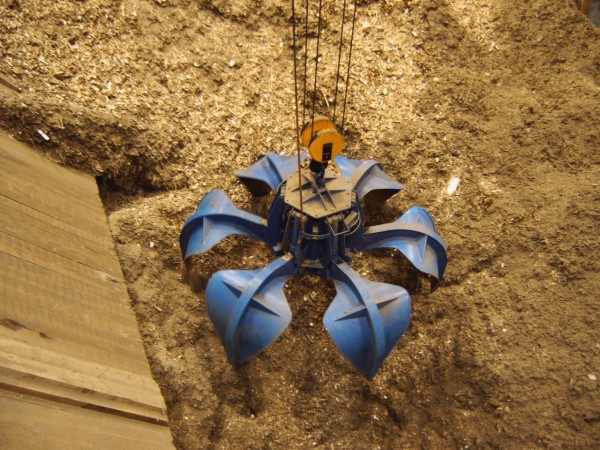
Units for energy production
Large-scale units for energy production and process heat distribution require effective control systems to save resources sensibly and minimise environmental pollution.
We offer experience and skills in:
- fuel conveyance technology for biomass heat and power stations
- control systems for process management (steam, heating oil, refrigeration cycles)
- burner controls in DeNOx units
and make use of:
- powerful PLC systems with high degrees of availability and low error levels
- HMI systems and control technology (Tia Portal, WinCC, InTouch, PCS7)
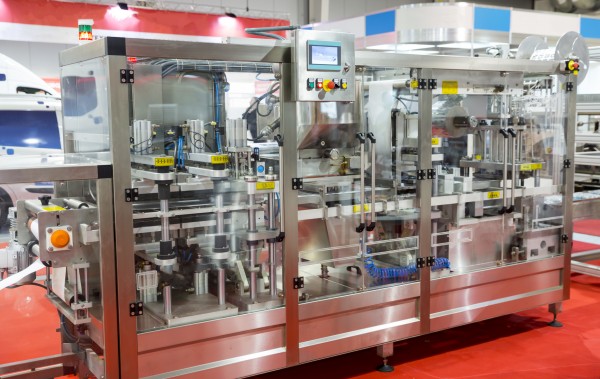
Transporting substances – sieving, mixing, filling and packaging in the food industry
Transporting substances and production processes in the food industry create challenges in several fields at the same time. The special requirements for preventing explosions have to be taken into account and introduced in electrical planning. The properties of the media are included in the programming, as differences in their pouring behaviour arise, depending on the substance and the lot. When filling the finished products, highly dynamic procedures are at work and can be finely adjusted through forward-looking actions. Extensive and tailor-made HMI using the company’s own ProVisu fm system helps cope with the daily production tasks and provides the ideal view of the units and processes.
Make use of our special expertise in:
- transport handling adapted to the properties of the substances
- coping with highly dynamic packaging tasks
- controlling blow line transport operations between silos and production
- handling big bags
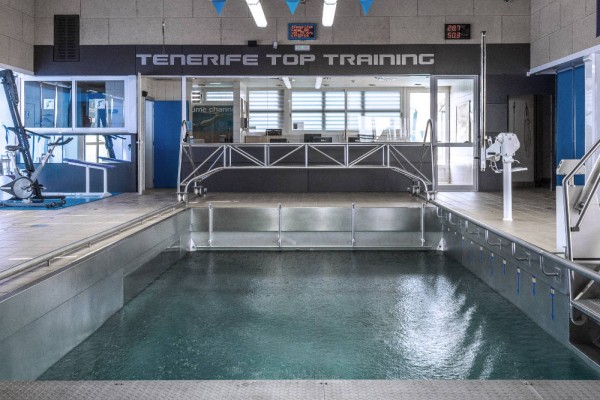
Training units for competitive sport
The level of performance in competitive sport is so high at the top that minimal advantages determine who wins. Training conditions in a counter-current channel, which can be reproduced at any time, and using other training diagnostic and video equipment create the conditions for logging, documenting and controlling small and the tiniest development stages in any training process. In addition to their use in German and international top sports for swimmers and canoeists, similar systems provide an outstanding basis for medical rehabilitation (including sports rehab).
Be a winner through:
- controlling high-performance calibrated drives with precise graduation and reproducibility by means of specially developed measurement and control algorithms
- precise filling level feedback control in the complete system when large movement of water disturbes the measuring by using frequency selective filter algorithms
- automated training programs to support the trainer and athlete